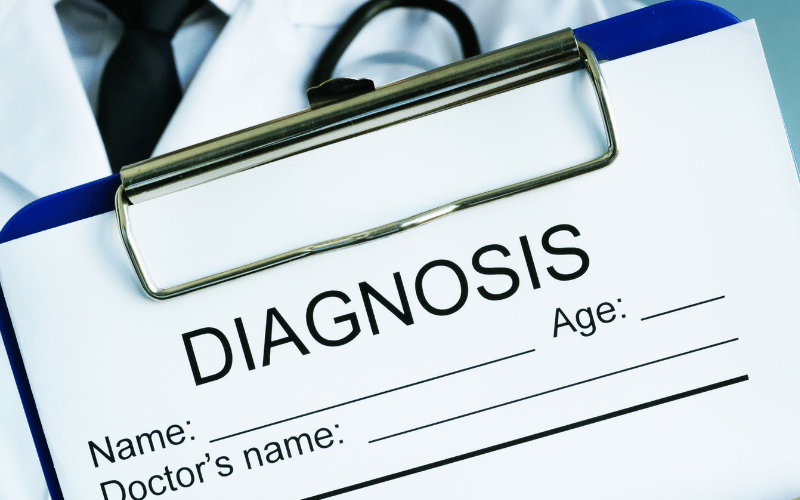Fact 4: The Path to Diagnosis

Diagnosing microscopic colitis isn’t as straightforward as many other conditions, thanks to its elusive nature. While the symptoms might point towards various gastrointestinal disorders, determining its specific identity requires a more in-depth look.
Firstly, physicians often start with a thorough review of the patient’s medical history and a detailed account of their symptoms. They’ll aim to rule out other potential culprits like irritable bowel syndrome or inflammatory bowel diseases which share overlapping symptoms.
Colonoscopy, a commonly known diagnostic tool, enters the fray next. But here’s the twist – the colon often appears normal. It’s the biopsies taken during the colonoscopy that hold the key. When examined under a microscope, these tissue samples reveal the inflammation and cellular changes characteristic of microscopic colitis.
Blood tests might also be ordered to eliminate the possibility of other conditions, especially if an autoimmune disorder is suspected. Given the potential link between certain medications and microscopic colitis, a review of the patient’s current medications can be enlightening.(4)